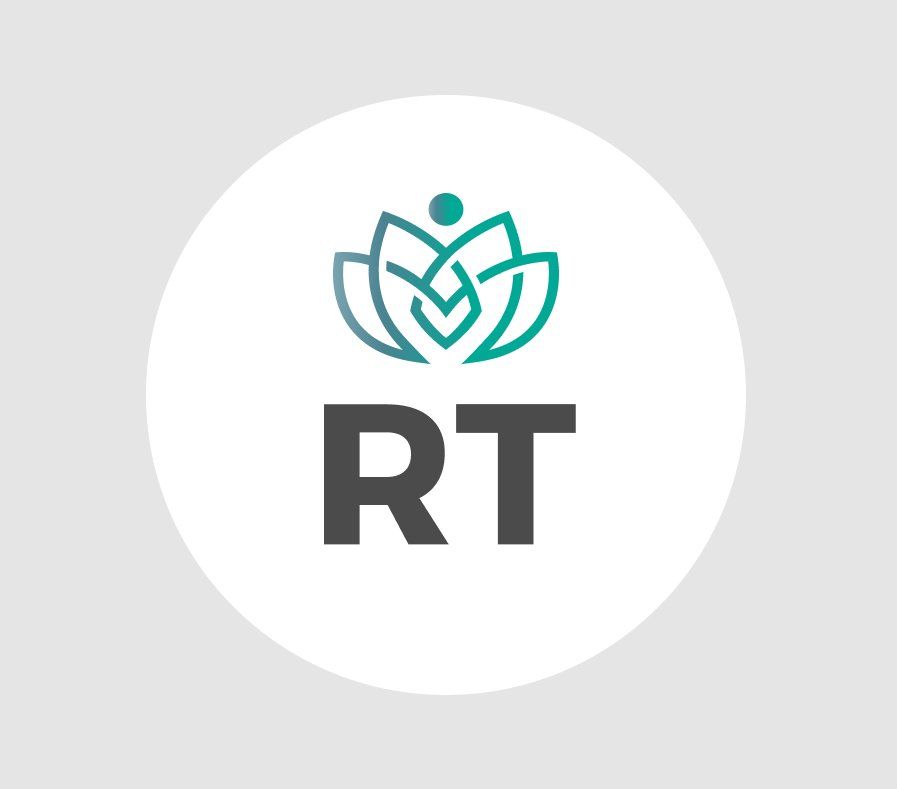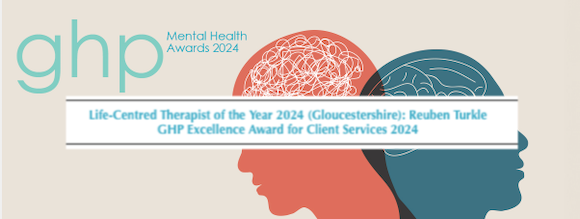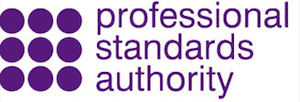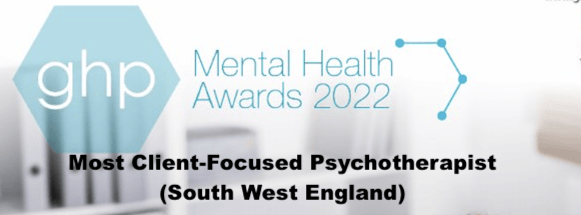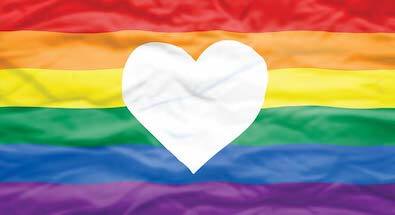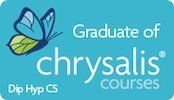Creative Outlets for a Chaotic Mind:
How Artistic Practice Disarms Stress
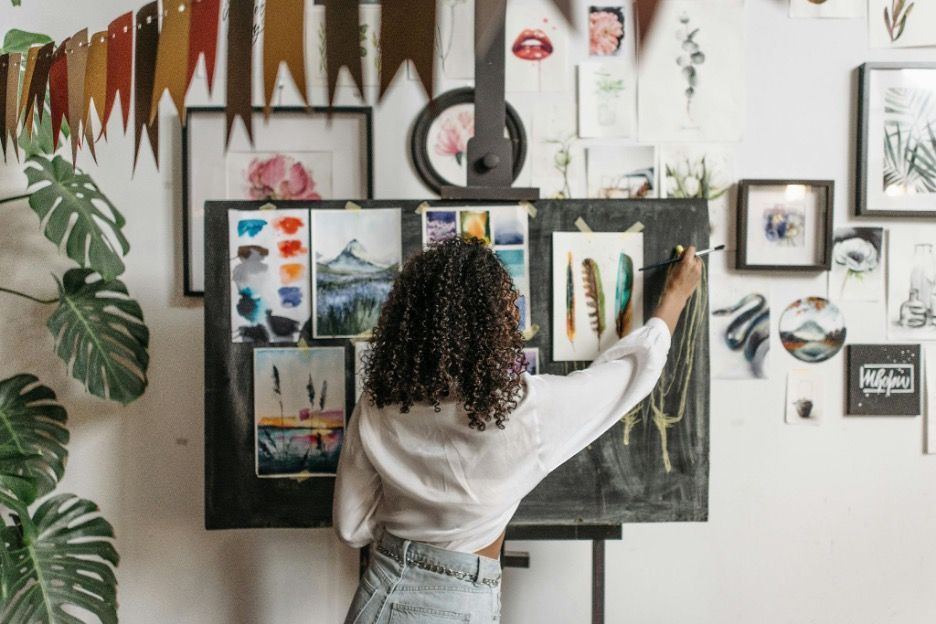
Stress doesn’t ask for permission. It doesn’t wait for the right time or politely knock at your door. It floods in — from work deadlines, personal demands, constant notifications, and all the unspoken mental clutter that builds beneath the surface. When that pressure goes unmanaged, it doesn’t just vanish. It reroutes into tension, irritability, and fatigue. But what if part of the antidote isn’t found in apps or prescriptions, but in brushstrokes, journal pages, and musical improvisations?
What the Research Says About Writing It Out
When researchers at Cambridge investigated the effects of expressive writing on mental and emotional well-being, they found that the act of converting emotion into language could yield measurable, long-term emotional health benefits. Writing about difficult events doesn't amplify pain — it organises it. It gives shape to swirling thoughts and permits a kind of clarity that can be transformative. The writer isn’t simply recording; they’re processing, metabolising. In this way, the page becomes both a mirror and a map.
Gaining a Deeper Understanding of the Why
Of course, understanding why this works is its own kind of empowerment. Academic frameworks in psychology help decode what’s happening beneath the surface of creative release — why it works for some people and how it affects the brain. Those who pursue deeper study in this area often find that behavioural science enriches their understanding of art’s therapeutic role. To explore that path,
click here for more on psychology-informed approaches to stress and human behaviour.
The Judgment-Free Zone of Art Therapy
Visual art offers a different, often more instinctive, route through the fog. A study from UNSW Sydney showed how art therapy supports patients in releasing emotions without spoken judgement. That distinction — without judgement — is critical. In high-stress environments, people often censor or compress their feelings. But creative expression asks something else. It doesn’t demand coherence. It doesn’t even require an audience. Whether it’s finger painting or charcoal sketching, the canvas accepts without critique. For many, this is the only space in their week where that’s true.
Not Just Journals — Poetry and Storytelling Heal Too
Recent research highlighted how creative writing activities can boost self-esteem through expressive writing, particularly when the writer feels seen — even if only by themselves. There’s a quiet but powerful reinforcement in hearing your own thoughts played back to you with shape and structure. It says: I heard you. You matter. Let’s figure this out. Written expression isn’t limited to journaling. Poetry, fiction, and even songwriting tap into the same alchemy of externalisation and reflection.
You Don’t Need Hours — You Need Intention
This doesn’t need to be a lifestyle overhaul. Researchers found that even a 45-minute creative activity reduces stress, regardless of skill level. This is crucial: it’s not about talent. The act of engaging the imagination, moving the hands, and making something where nothing existed before — that’s the therapy. It’s why adult colouring books surged in popularity, why people are taking up pottery classes and collage nights. These aren’t fads. They’re signals that our nervous systems are starving for undistracted, pressure-free zones of focus.
When Cultural Roots and Creativity Intersect
Whether it’s indigenous beading, ancestral embroidery, or traditional storytelling, returning to communal or inherited creative practices brings a different kind of release. It grounds the individual in a story larger than themselves. A 2025 study from Drexel University confirmed that heritage art practices improve mental health. It’s not just about aesthetics — it’s about connection, ritual, rhythm. In moments of stress, these practices don’t just soothe — they remind people where they come from and how their ancestors coped before them.
For Those Who Can’t Talk It Out
Not all stress is surface-level. For those dealing with mental health disorders, creative modalities offer nonverbal ways to process what can’t be articulated. In clinical settings, this is more than self-care — it’s intervention. A study published in Frontiers in Psychology found that painting and drawing aid mental health by enhancing emotional regulation and providing alternative communication pathways. For individuals who struggle to access or trust traditional talk therapy, creative tools open an essential backdoor into healing.
Whether it’s through sketchbooks or song lyrics, watercolour or movement, the route is less important than the motion. What matters is creating a personal space where stress can show up and not be feared, where expression isn’t judged by polish or skill, and where the nervous system finds even a few moments of release. In a world that constantly asks for performance, these moments of undirected creativity become acts of quiet rebellion — and, more powerfully, repair. So pick something up. Not to perfect, not to publish — but to feel. Let your hands speak where your words fail. Let the process hold what you can’t. The canvas, the page, the chord — they’re waiting. And so is the relief.
Discover the transformative power of person-centred therapy and creative practices with RT Counselling, where empathy and genuine connection guide your journey to personal growth and well-being.



